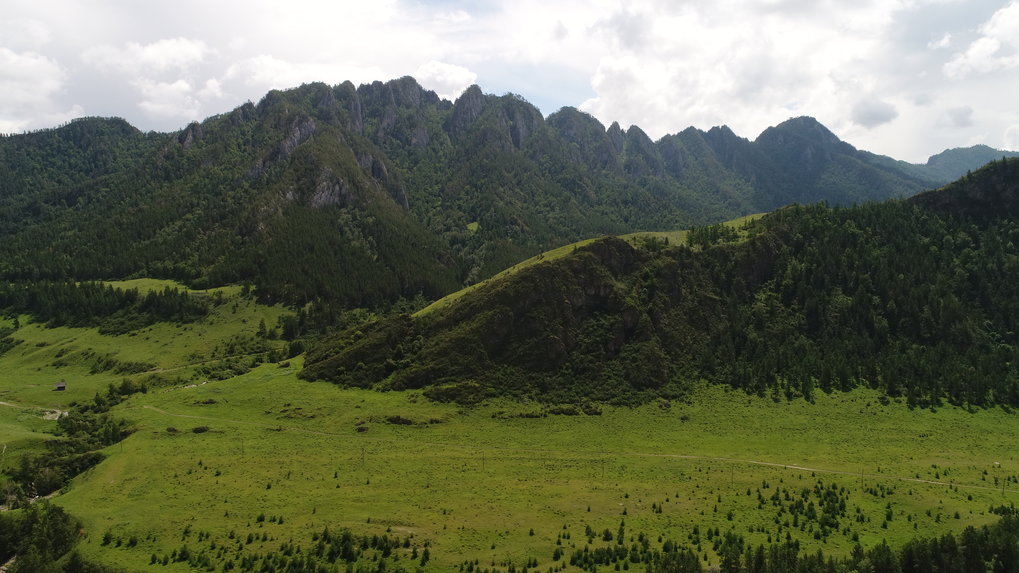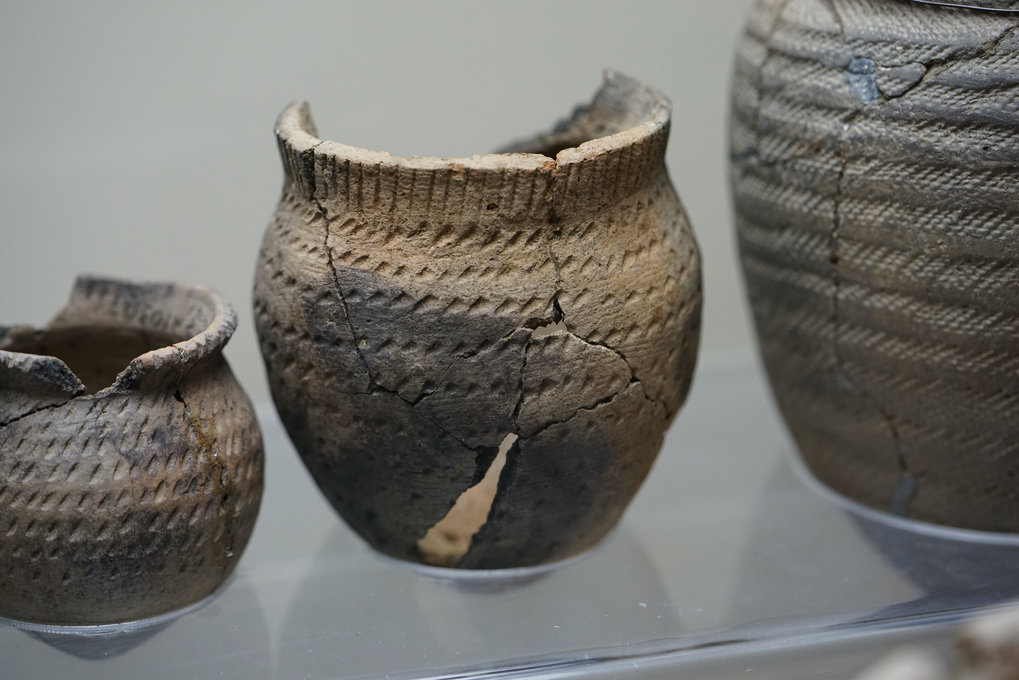The Rise of Altai Mountain Pastoralism Project (RAMPP) will investigate the enigmatic Afanasievo culture in the Altai region and the spread of dairying and herding practices
Dr. Taylor Hermes of the Department of Archaeogenetics at the Max Planck Institute for the Science of Human History has received grants from the ³Ô¹ÏÍøÕ¾ Geographic Society and the Wenner-Gren Foundation amounting to $50,000 to investigate the emergence of the earliest herding societies in Inner Asia.
After journeying eastward from the grasslands north of the Black Sea more than 5000 years ago, people of the Afanasievo culture introduced domesticated sheep, goats, and cattle to the Altai Mountains. Despite pioneering a pastoralist legacy in the heart of Asia that continues today, the Afanasievo people had little genetic impact on subsequent human populations in the region-raising questions about the cultural dynamics behind the adoption of livestock herding by local hunter-gatherer communities in the Altai and further east in Mongolia and China. A major research problem has been that information about the Afanasievo comes almost exclusively from the group’s characteristic pottery and circular stone burials, while Afanasievo settlements that would reveal subsistence activities and possible interactions with indigenous communities have remained elusive.

Dr. Taylor Hermes launched the Rise of Altai Mountain Pastoralism Project (RAMPP) to fill this critical gap in the archaeology of Inner Asia. Funded by a ³Ô¹ÏÍøÕ¾ Geographic Society Exploration Grant, Hermes and co-director Prof. Alexey Tishkin at Altai State University (Barnaul, Russia) will lead the excavation of the Nizhnyaya Sooru settlement located in the Altai Republic, which is the best-preserved and perhaps largest Afanasievo habitation site yet discovered.
“Nizhnyaya Sooru provides an unprecedented opportunity to understand the enigmatic Afanasievo people who were early users of domesticated sheep, goat and cattle in the Altai-a resource-rich landscape long occupied by diverse hunting and gathering societies,” says Hermes.

The RAMPP team includes specialists in ceramic technology, archaeozoology, radiocarbon dating, stable isotope analysis, lithics, paleobotany, and livestock genomics, who together will produce the most comprehensive assessment yet of the rise of the Afanasievo culture and cultural exchanges with indigenous Altaic communities.
“Most Afanasievo sites were also used by people in subsequent time periods, which tends to confound the occupational layers of interest, but Nizhnyaya Sooru is unique for having in-situ cultural deposits sealed by natural sediments. The faunal remains and artifacts from Nizhnyaya Sooru are very well preserved, enabling us to perform cutting-edge scientific examinations of the earliest herders to settle in the region,” says Tishkin.
With funding from the Wenner-Gren Foundation, Hermes will analyze the genomes recovered from domesticated sheep remains found at Nizhnyaya Sooru, other Afanasievo sites in the Altai, and contemporaneous sites in the western steppes, Central Asia, and Mongolia. For this, Hermes will rely on a strong network of international collaborators who share his long-time interest in studying the origins and spread of pastoralism in Asia.
“Sheep were prime herd animals for Afanasievo peoples, whom we know used them for dairy based on innovative research from our institute showing dairy proteins in human dental calculus. Now, using the complex genetic histories of domesticated sheep, it is critical for us to make deeper inquiries into the emergence of herding in the Altai and the subsequent spread of pastoralism throughout the continent,” says Hermes.
Fieldwork at Nizhnyaya Sooru is scheduled to begin in Summer, 2021 – barring restrictions due to the ongoing COVID-19 pandemic. RAMPP’s paleogenomic research on domesticated sheep is already underway, working in tandem with Prof. Christina Warinner’s ERC-funded project “DAIRYCULTURES”.








